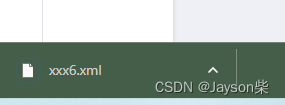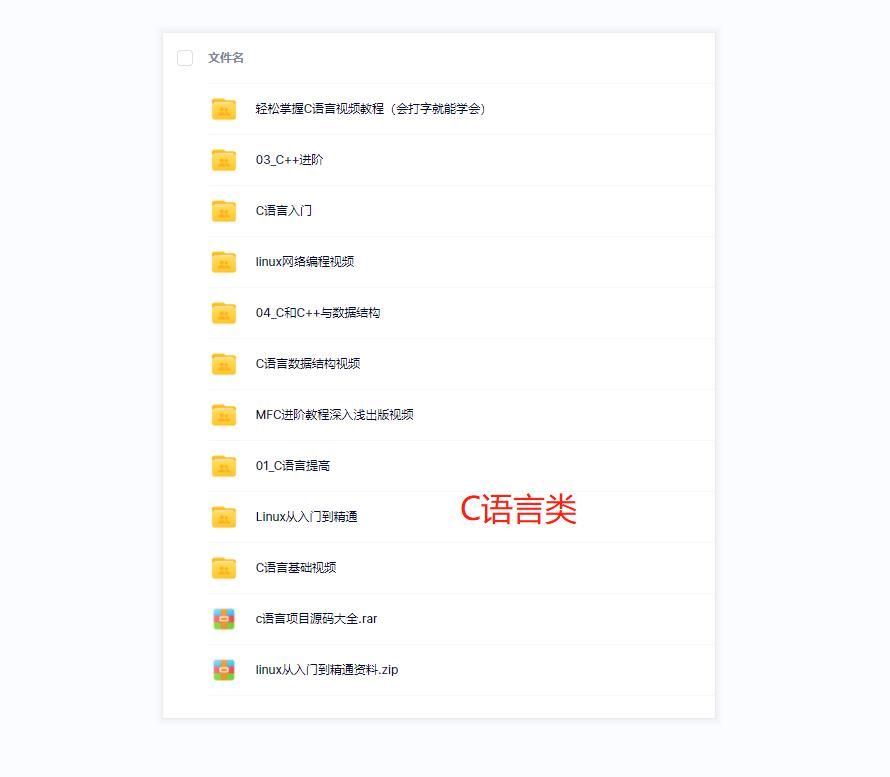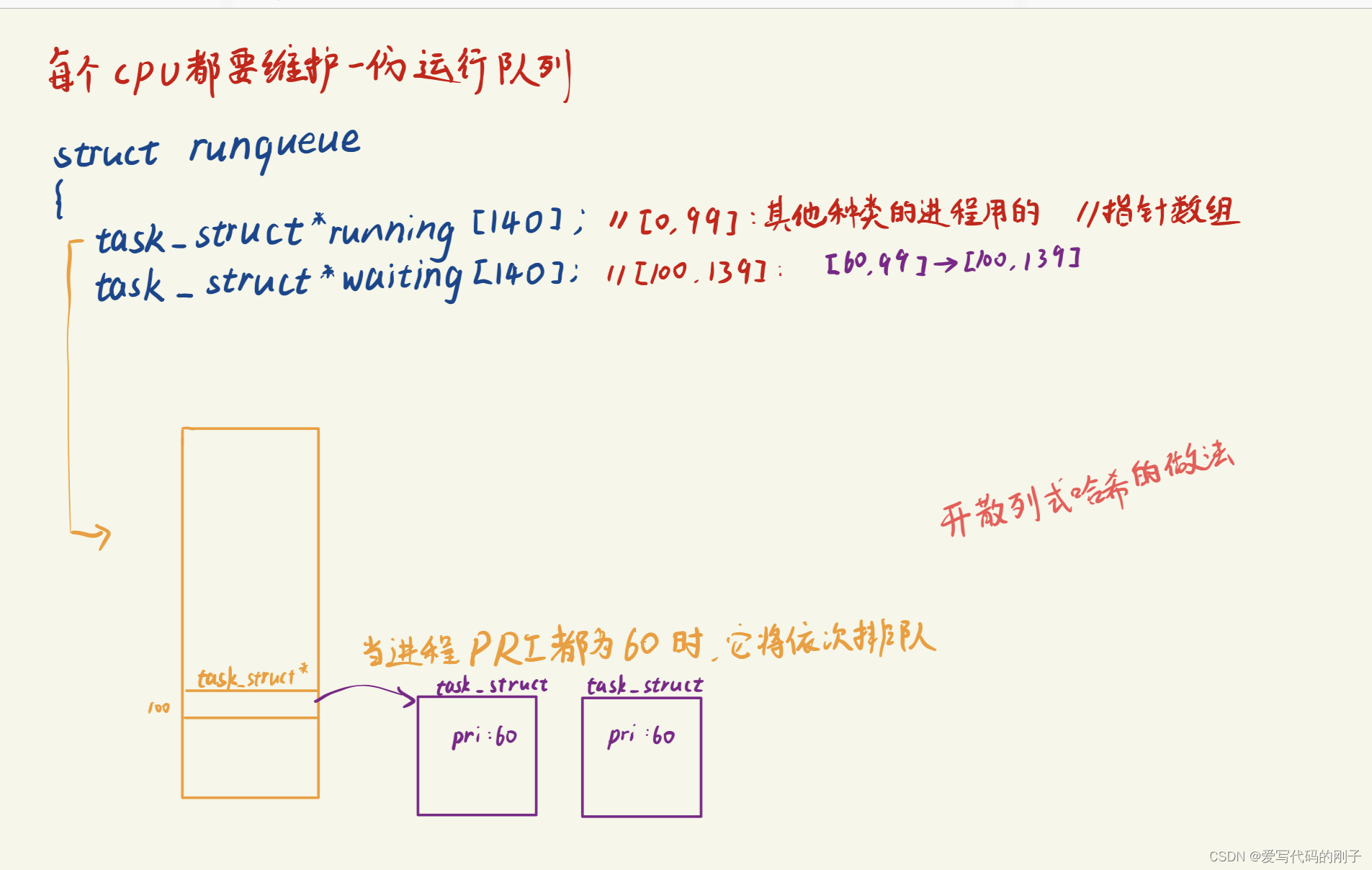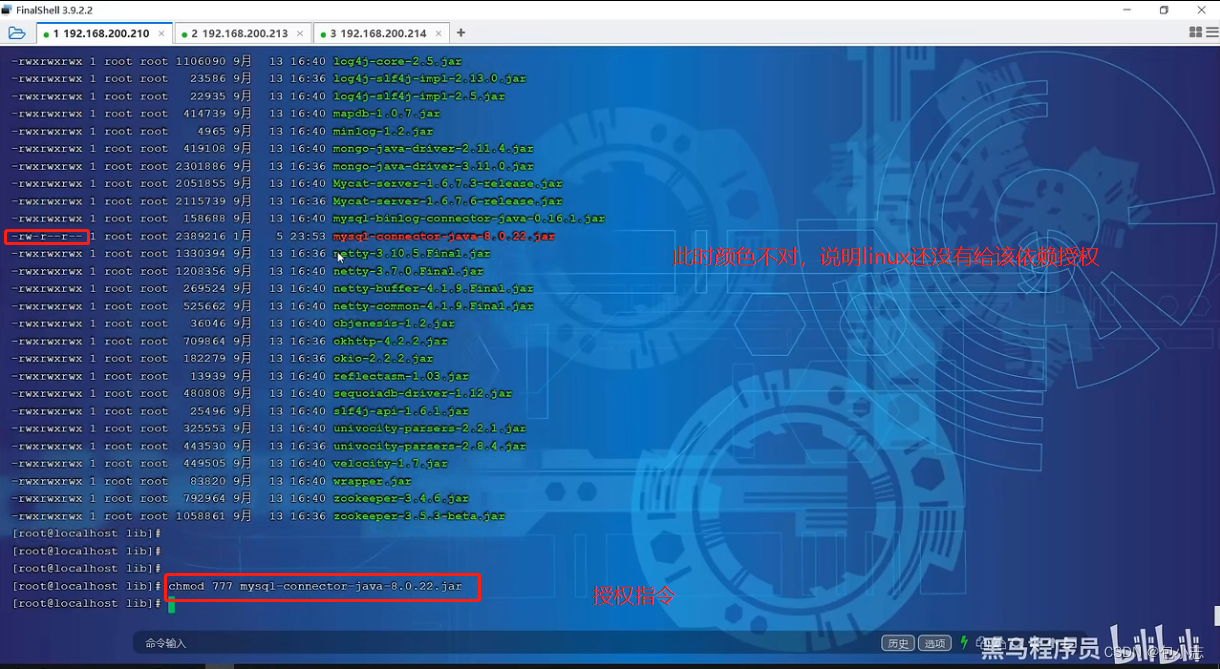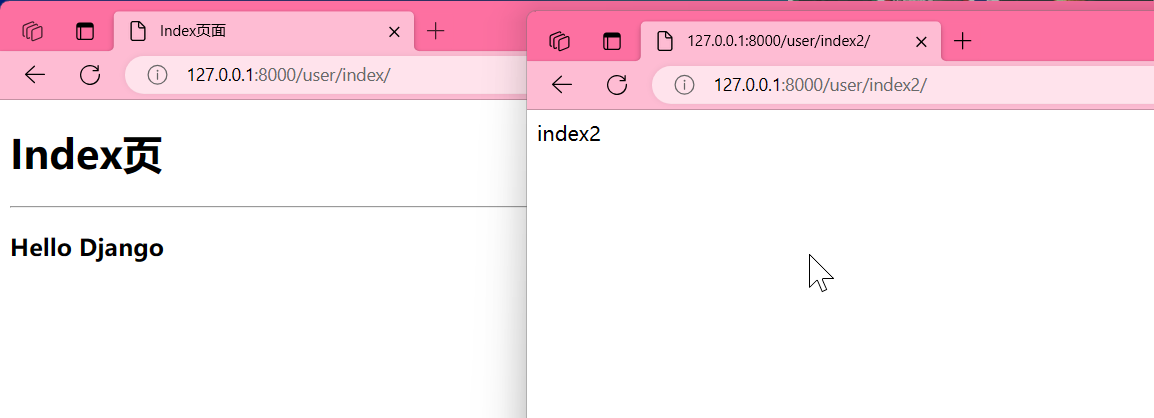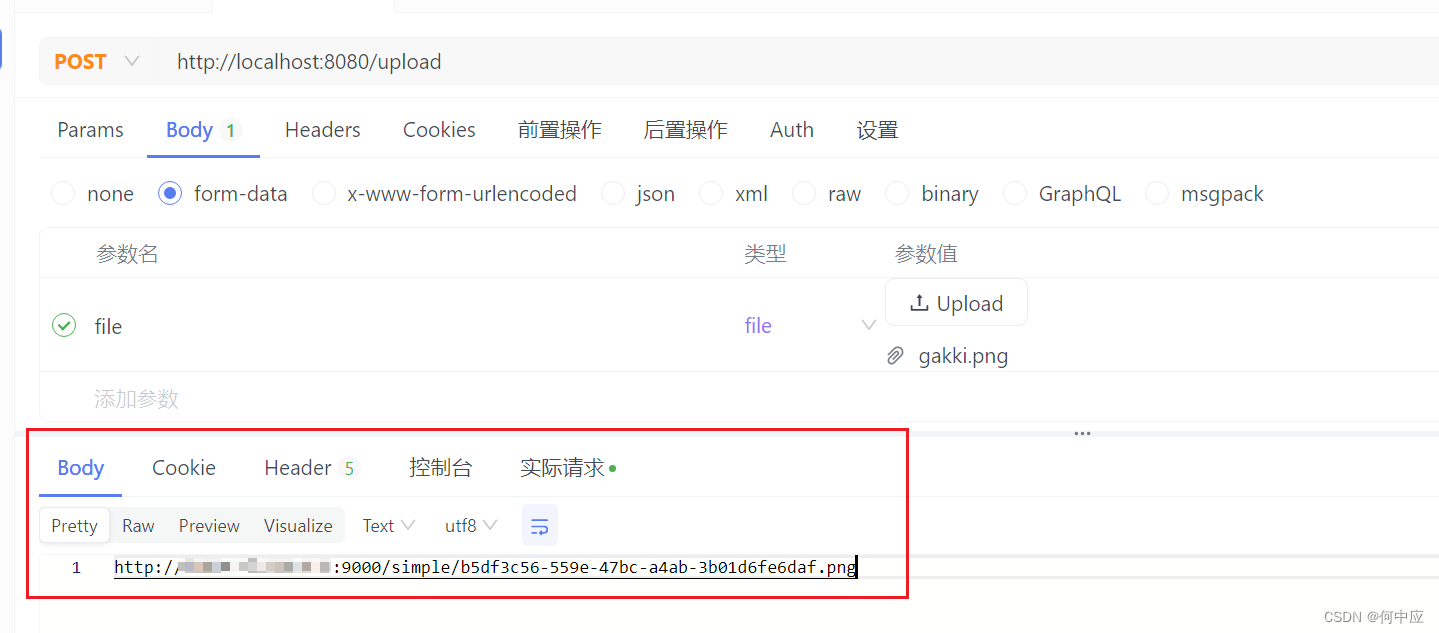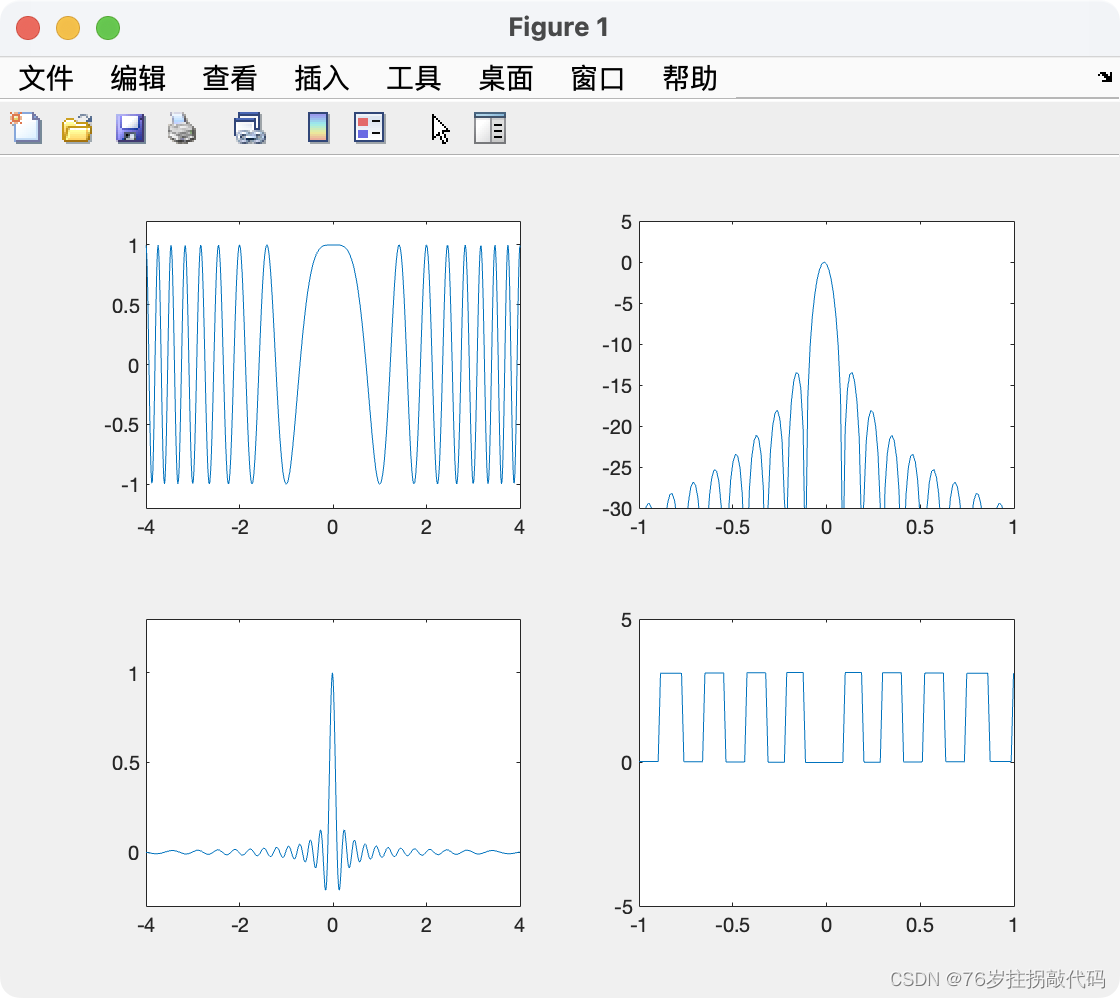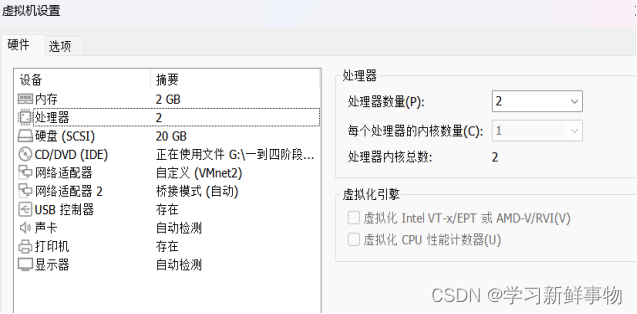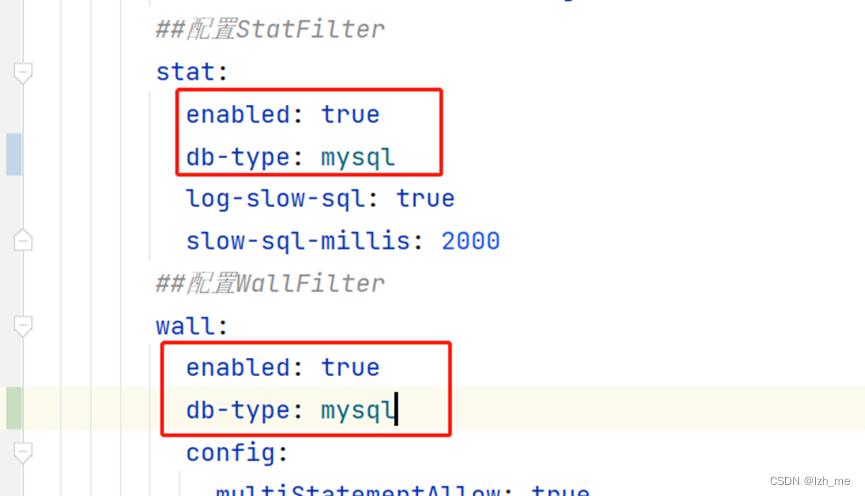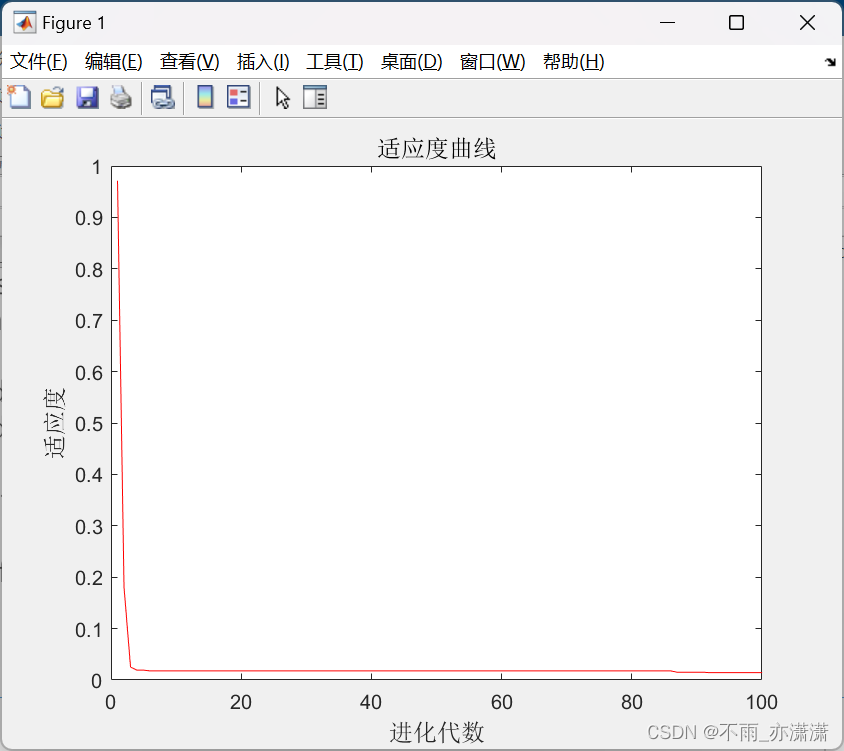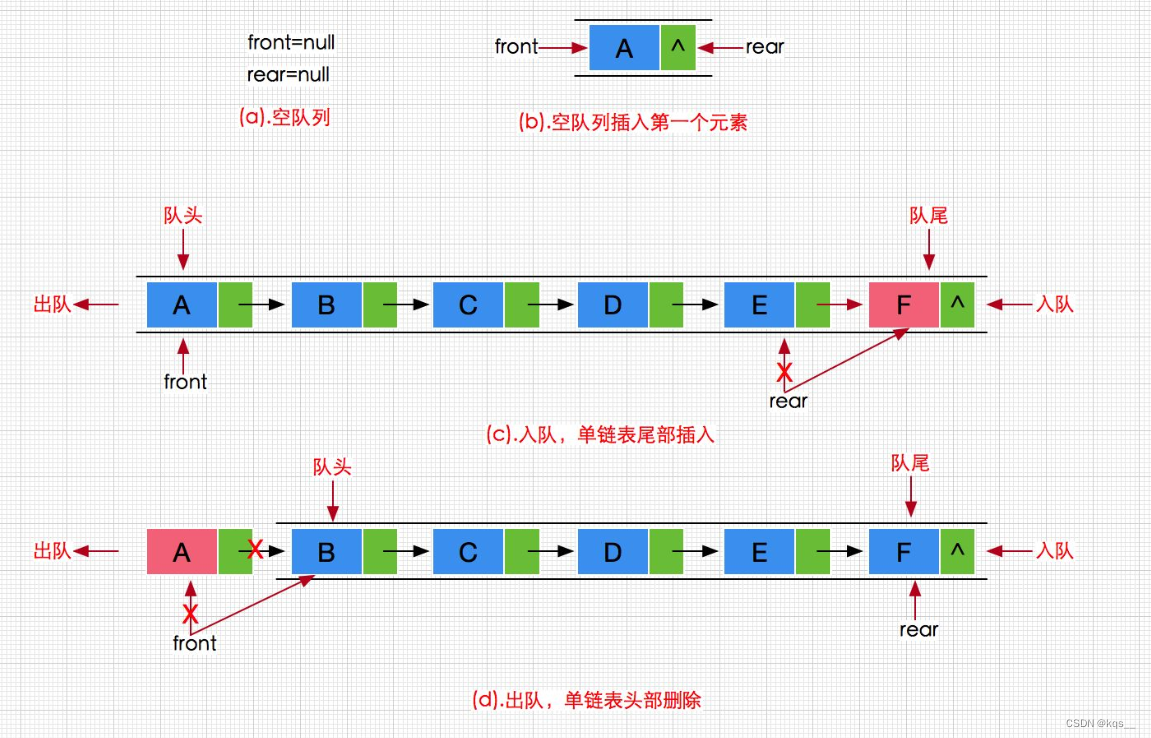前端可以通过使用 JavaScript中的 fetch 或者 XMLHttpRequest 来下载文件;
- 使用fetch进行文件下载;
fetch('http://example.com/file.pdf')
.then(response => response.blob())
.then(blob => {
// 创建一个临时的URL对象
const url = window.URL.createObjectURL(blob);
// ...
});
- 使用XMLHttpRequest进行文件下载;
const xhr = new XMLHttpRequest();
xhr.open('GET', 'http://example.com/file.pdf', true);
xhr.responseType = 'blob';
xhr.onload = function() {
if (xhr.status === 200) {
// 获取服务器返回的blob数据
const blob = xhr.response;
// 创建一个临时的URL对象
const url = window.URL.createObjectURL(blob);
// ...
}
};
xhr.send();
上面两种方法均只展示到了创建临时的URL对象,临时URL可以视作下载链接,点击a标签,href指向URL,下载即可成功;
那创建了临时URL对象之后,该如何操作,这里用一个实例来说明:
// 调用createDownloadUrl函数
// data表示下载接口返回的数据流
this.createDownloadUrl(data, 'application/xml', file_name);
// createDownloadUrl函数
// 第1个参数表示数据流
// 第2个参数表示待下载文件的类型
// 第3个参数表示待下载文件的名称
createDownloadUrl(data: any, type: string, templateName: string) {
const blob = new Blob([data], {
type,
});
// 创建临时的URL对象
const url = URL.createObjectURL(blob);
this.downloadFileByUrl(url, templateName);
}
downloadFileByUrl(url: string, templateName: string) {
// 创建一个隐藏的<a>标签,设置其href属性为临时URL
const templateDownlod = document.createElement('a');
const isSafariBrowser =
navigator.userAgent.indexOf('Safari') !== -1 &&
navigator.userAgent.indexOf('Chrome') === -1;
if (isSafariBrowser) {
templateDownlod.setAttribute('target', '_blank');
}
templateDownlod.setAttribute('href', url);
templateDownlod.setAttribute('download', templateName); // 设置下载的文件名
templateDownlod.style.visibility = 'hidden';
document.body.appendChild(templateDownlod);
templateDownlod.click();
// 清理临时的URL对象
URL.revokeObjectURL(url);
// 移除a标签
document.body.removeChild(templateDownlod);
}
下载展示结果:

